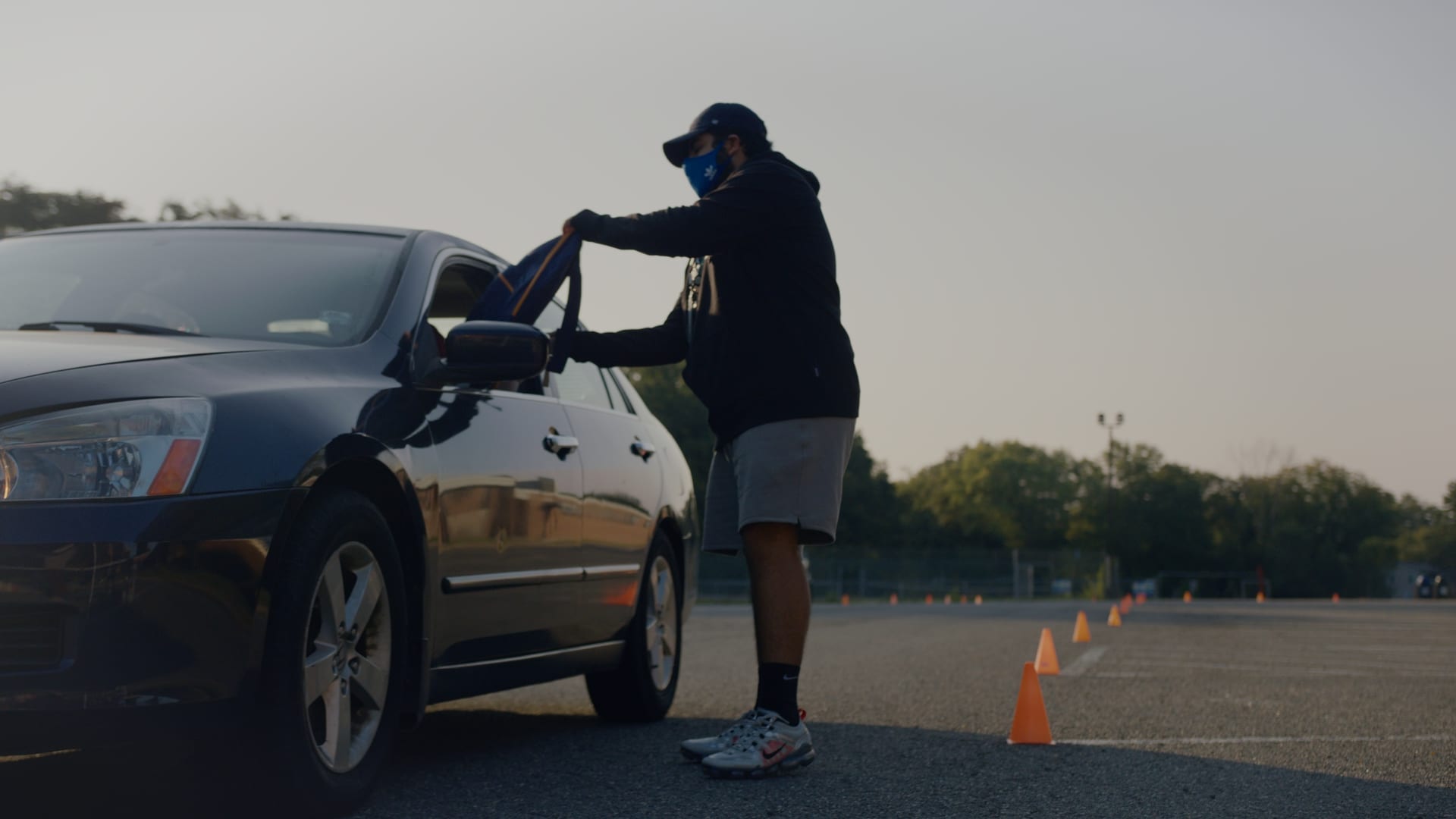
At the center of conversations around virtual learning this school year, there’s one question on everyone’s minds: What effect will virtual learning have on students across the nation? While much of the dialogue has circulated on the digital divide, including a recent statistic that over 30% of students in the country lack access to high-speed internet, the quality of education, student socialization, as well as the means to access school supplies remains a widening gap for many.
For students living in low-income communities, the challenges of COVID-19 are disproportionately disrupting their education. In the DMV, the hardest-hit areas by the virus are also the same communities with the deepest gaps in education. A steep digital divide in broadband connectivity offsets low-income students over middle- and upper-income students. According to the FCC, as of 2019, over 21.3 million people lacked access to high-speed internet. Low-income families also tend to lack multiple smart phones and devices for students to share for remote learning. A Pew Research report concluded 35% of students lacked access to broadband. The quality of remote learning is decided by several factors: accessibility to remote learning, quality of learning, home support and level of engagement. Families that can’t afford basic needs, like high-speed internet, are also more likely to struggle with access to health care and nutritious foods, increasing risk factors in developing COVID-19.
This divide in education is sometimes referred to as an “Achievement Gap” or an “Opportunity Gap.” While these aren’t new concepts, COVID-19 has made the inequity between socio-economic households and public school systems unmistakably clear. Virtual learning has illustrated the difference between equality vs. equity; though in theory, students are all disparaged equally by a single event—the pandemic— the ability for a family to afford Wi-Fi, multiple devices, as well as parental assistance is an inequity not evenly shared between those that have and those that have not. That’s not to say that students in low-income communities aren’t able to succeed under their circumstances, but the barriers preventing them from achieving greater outcomes through virtual learning are higher because the resources to support them are lacking.
Through United Way NCA’s commitment to closing the gaps and disparities in education, the organization has leaned on its Community School model during COVID-19 to distribute critical resources to families and students. Through our Community School, United Way NCA is able to develop deeper relationships with the schools’ parents and community members and deliver targeted services, supplies and support unique to each region. While every public school system experiences a varying level of disparities during the pandemic, challenges arising in communities as diverse as the DMV require hyper-localized solutions. The Community School model deploys a Community School Coordinator to work on the ground within the school, solving problems, providing assistance and closing gaps.
“A lot of parents have lost their jobs and because of that they can’t provide food for their student; they can’t provide clothing or school supplies,” concedes Delia Montecinos, Walt Whitman Middle School’s Community School Coordinator. “As a Community School Coordinator, I can provide that to them for free.”
Like all United Way NCA Community School Coordinators, Montecinos has spent the last several years at Walt Whitman Middle School growing trusting relationships with the parents and students in the community. She gives them her personal cell phone number; she assists students with their classes and she helps each family navigate crises like COVID-19 with care. Her work is part of a larger initiative United Way NCA is supporting that transforms local schools into one-stop support centers for empowering communities. Providing enriched and localized services to communities in need during this time will help us bridge the distance in need as we begin to recover.
While COVID-19 continues to spike, the support we extend to our students during this time goes a long way in mitigating the long-term impact of distance learning. Identifying the “Opportunity Gaps” while they are unignorable allows education systems to innovate in ways they were not able to before, not because they can but because they must. You can play a role too! Support United Way of the National Capital Area’s innovative work bolstering equity in education by supporting our Stuff the Bus Drive and by learning more about our community schools.



